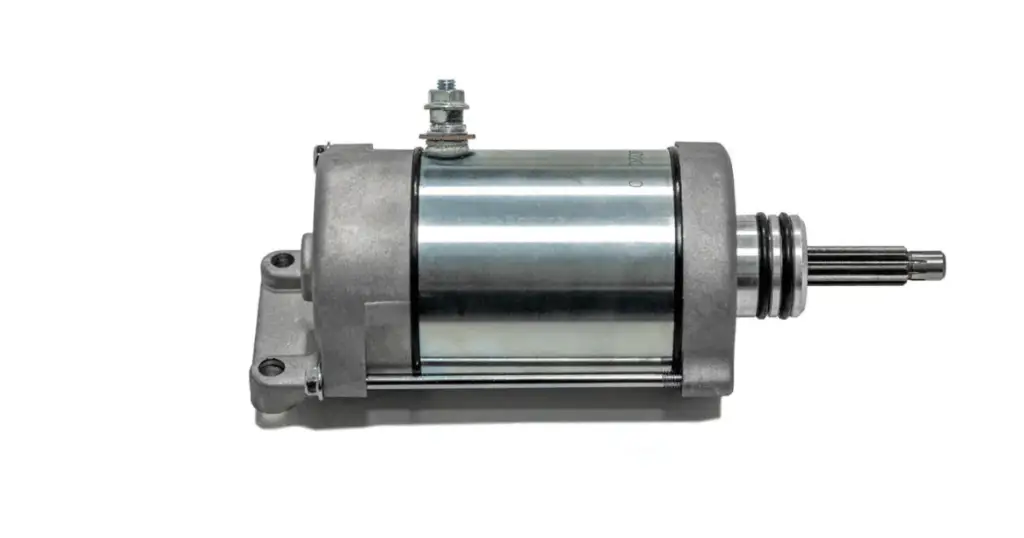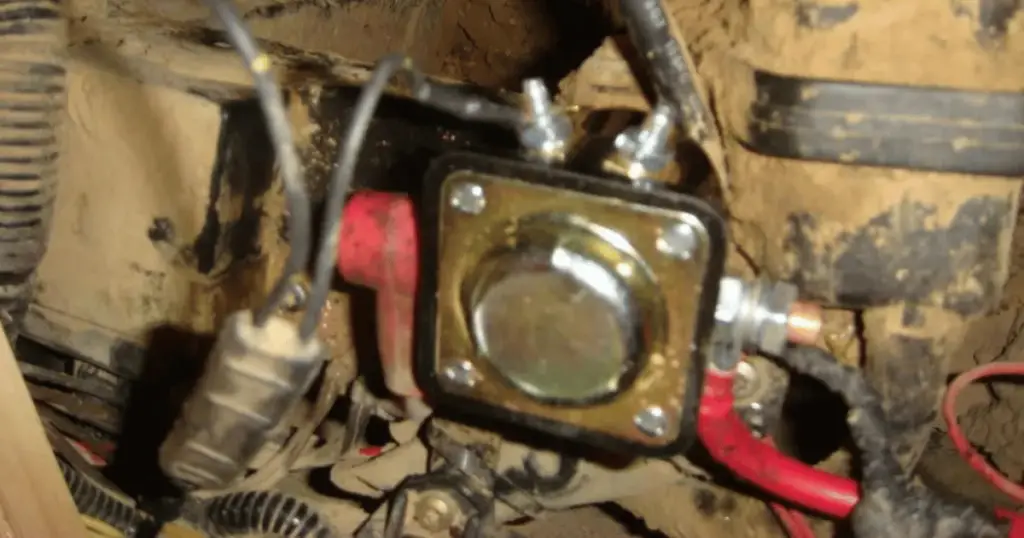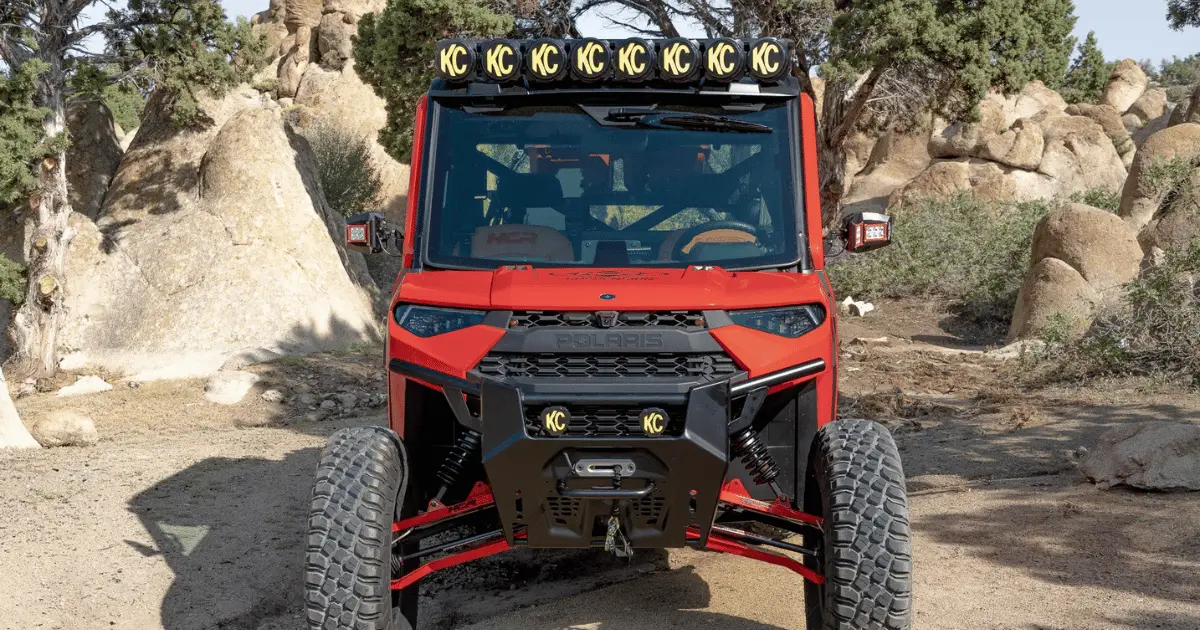Imagine you’re ready for a day out on the trails, but your Polaris Ranger won’t start due to starter problems. Starter motor issues can really throw a wrench in your off-road adventures, right? Navigating the ins and outs of these temperamental starters can be a tad overwhelming, but don’t fret—you’re not alone in this. The article below serves as your handy guide to tackling those all-too-common Polaris Ranger starter problems, ensuring you get back to your off-road adventures with as little downtime as possible. From troubleshooting tips to quick fixes, you’ll find everything needed to kick those starter woes to the curb.
Understanding Polaris Ranger Starter Problems
When you turn the ignition key to start your Polaris Ranger, you expect the engine to roar to life. But what happens when your Polaris Ranger won’t start? Often, the culprit is the starter system. Understanding the role of the starter is critical to diagnosing issues that prevent your engine from igniting.

The role of the starter in engine ignition
The starter motor is an essential component that kicks your Polaris Ranger’s engine into action. When you turn the ignition key to activate the ignition switch, the starter motor engages and turns the engine’s flywheel, which begins the combustion process. Without a properly functioning starter, your engine won’t start, leaving you stranded.
Common symptoms of a faulty starter motor
There are a few telltale signs that your starter might be failing. You might hear a clicking sound when turning the key, indicating potential starter motor or ignition switch issues, or the starter may turn slowly, struggling to crank the engine. Occasionally, you might encounter just silence, an intermittent starting problem, when you expect the engine to roar to life.
Differentiating starter issues from other engine problems
It’s easy to confuse starter motor issues with other engine or electrical problems, like a new battery needed or spark plug failures. For example, a dead old battery, faulty alternator, or an ignition switch failure can produce symptoms similar to a bad starter. It’s important to differentiate to avoid unnecessary repairs. Starter problems typically present as issues with the engine turning over, whereas other engine problems might involve the engine starting but running poorly.
Troubleshooting the Starter System
Before you can fix a problem, you need to know what it is. Troubleshooting the starter system of your Polaris Ranger can help you identify the issue and determine the next steps to take.
Initial inspection steps
Begin your troubleshooting with a thorough visual inspection, checking connections and looking for any signs of wear. Inspect for loose wires, ensure all connections are secure, and look for any obvious damage to the starter motor and its connections. Make sure the battery is fully charged, as low battery voltage, or a bad connection, can mimic starter issues. Always check the starter relay as it is a simple fix and many times the culprit.
Electrical checks: Battery, solenoid, and connections
Next, dive into electrical checks throughout the ignition system. Check the battery’s health with a load test, ensuring it’s delivering the correct voltage and the connections are secure. Check the starter solenoid, which transmits electric current from the battery to the starter motor, for any signs of wear or damage. Finally, inspect all electrical connections for tightness and cleanliness to ensure solid electrical currents.

Mechanical inspection: Gears, pinion, and flywheel
Mechanically, inspect the starter gears, pinion, and flywheel closely to ensure they engage properly and aren’t worn or damaged. If the teeth on the starter’s pinion or the engine’s flywheel are worn out, they may not engage properly, leading to a failure to start.
Electrical Problems Leading to Starter Issues
Electrical issues are often at the root of starter problems on your Polaris Ranger.
Battery-related complications
If your battery isn’t fully charged, shows signs of wear, or the connections are corroded, it won’t efficiently power the starter motor. Ensure the battery holds a charge and terminals are corrosion-free.
Solenoid failures and replacement
The starter solenoid might fail due to internal wear, electrical faults, or poor connections, requiring a careful inspection or replacement. Testing the solenoid involves checking for continuity and replacing it if necessary.
Wiring issues and corrosion
Corrosion or damage to the wiring, especially near the starter motor and solenoid, can significantly impede electrical flow. Inspect all wires leading to the starter and solenoid for any signs of corrosion or wear. Clean or replace as needed.

Mechanical Failures Impacting the Starter
Starter problems aren’t always electrical. Sometimes the mechanical components are the issue.
Worn-out starter gears
The starter gears, crucial for engaging the engine, can become worn and should be examined for any signs of damage or stripping.
Bendix drive problems
The Bendix drive, crucial for engaging the starter gear with the flywheel, can malfunction, affecting your Polaris Ranger’s ability to start. If this isn’t working correctly, your starter won’t engage the engine.
Flywheel damage and its effect on starter engagement
Carefully inspect the flywheel’s teeth for damage, as this can prevent the starter from properly engaging and the engine from starting. If they’re worn, the starter might not engage properly or at all, preventing the engine from starting.
With all of this in mind, I’ll ask you the next question I think you should consider: How many miles will a Polaris Ranger last?
Preventive Maintenance for the Starter System
Regular maintenance can prevent many starter problems.
Regular battery maintenance and care
Regularly clean the battery terminals and air filter, ensuring the battery is always fully charged for optimal performance. Periodically check the battery’s health and replace it when it shows signs of decline.
Cleaning electrical connections and terminals
Dirt and corrosion can interrupt electrical flow. Regularly clean all connections and terminals to ensure your starter receives proper power.
Inspection schedules for the starter system
Stick to a regular inspection schedule to catch issues early. Inspect your starter and its related components at each service interval.
Diagnosing Starter System Noises
Unusual noises from the starter system are often the first sign of trouble.
Identifying common noises and their meanings
Learn what different noises indicate. A single click may mean a faulty solenoid, while a series of rapid clicks often points to a weak battery.
Dealing with grinding, clicking, and whirring sounds
Grinding can indicate gears not engaging properly, while whirring without the engine turning over might suggest a faulty Bendix drive. Diagnose these quickly to prevent further damage.
When to service and when to replace
Sometimes servicing, such as cleaning connectors or tightening bolts, will fix the issue. But persistent problems may require replacement of components or the entire starter unit.
Common Mistakes During Starter Troubleshooting
Avoid common mistakes to ensure accurate troubleshooting.
Overlooking simple fixes
Simple issues like loose connections or a dead battery are easy to overlook but often are the cause of starter problems.
Misdiagnosing the starter for other faults
Be careful not to misdiagnose starter problems for issues with the alternator or fuel system. Proper diagnosis is key. Simple things like a clogged fuel filter, bad gas, or worn spark plugs can cause similar symptoms to a starter failure.
Inadequate testing of new components
Always test new components before considering the issue resolved. This ensures the problem was with the starter and not another part of the electrical system.
Starter System Upgrades and Enhancements
You should replace old parts, or consider system upgrades and enhancements if you want better performance or reliability.
Enhanced starters for better performance
Upgraded starters can offer improved performance, particularly for larger engines or in harsh conditions.
Battery upgrades for increased reliability
Higher capacity batteries or dual battery systems can increase reliability, ensuring your starter has the power it needs.
Additional modifications to prevent future issues
Consider modifications like higher quality wiring or water-resistant covers to prevent future starter issues, especially if you frequently drive in challenging environments.
Maintaining and correctly diagnosing your Polaris Ranger’s starter problems can keep your vehicle reliable and ready to tackle any task. Remember, early detection and correct troubleshooting can save you time and money, ensuring your Ranger is as ready as you are for the next adventure.


Leave a Reply